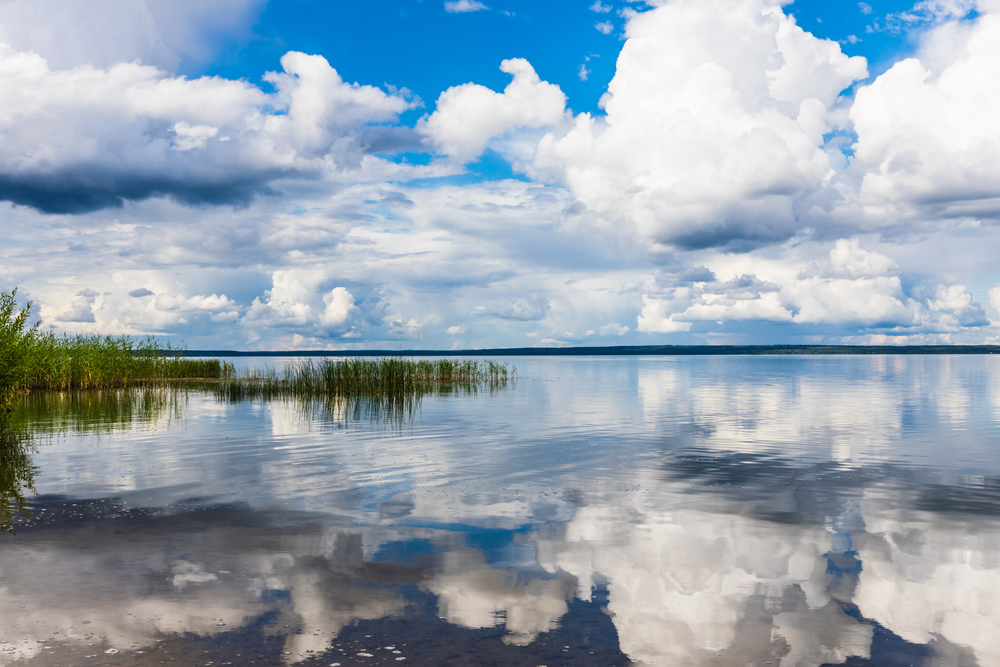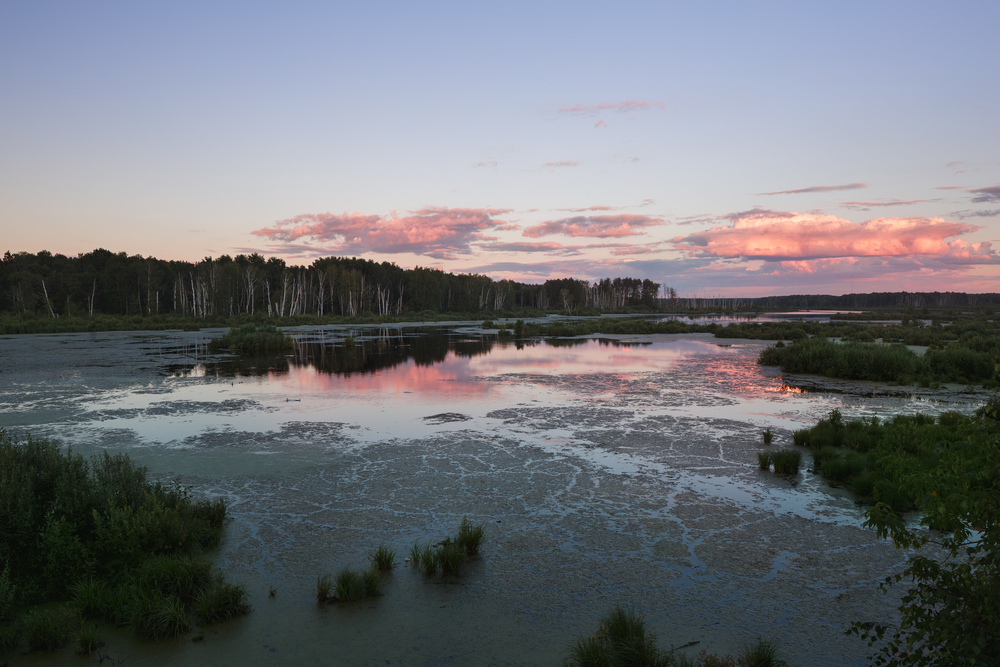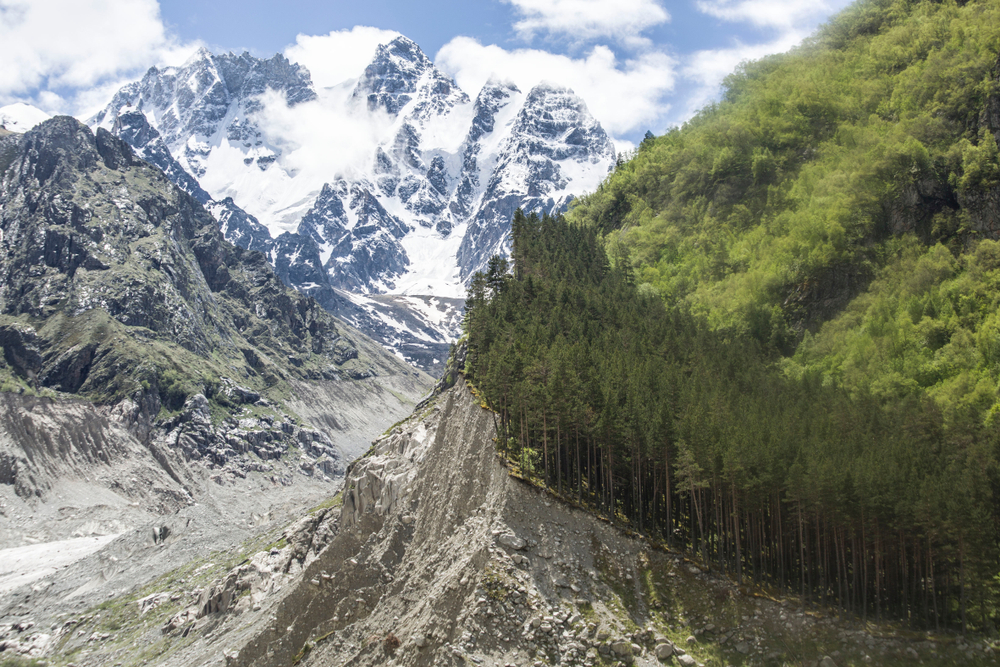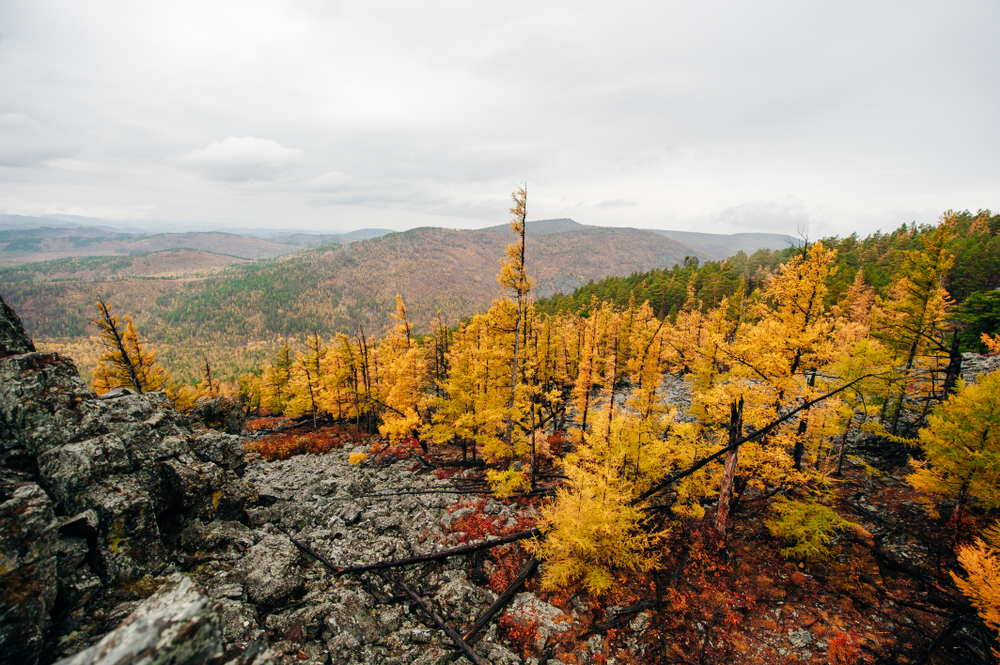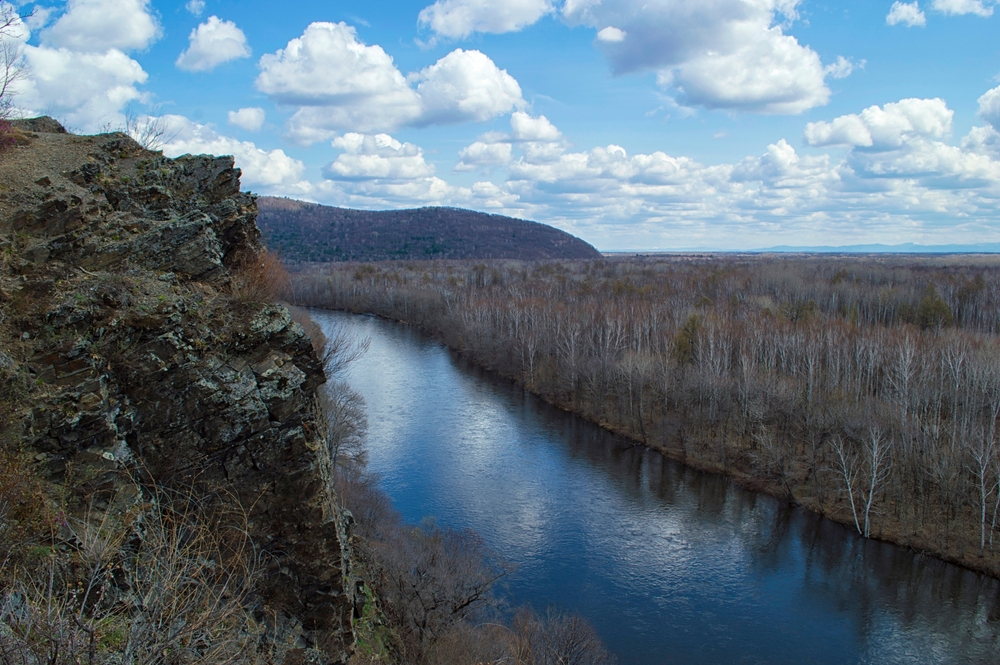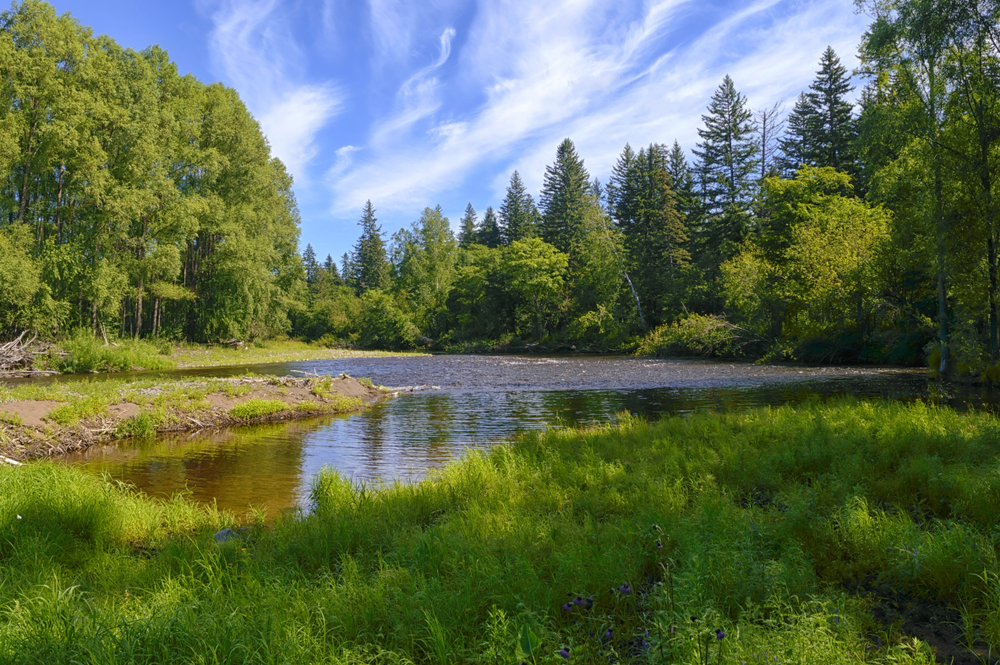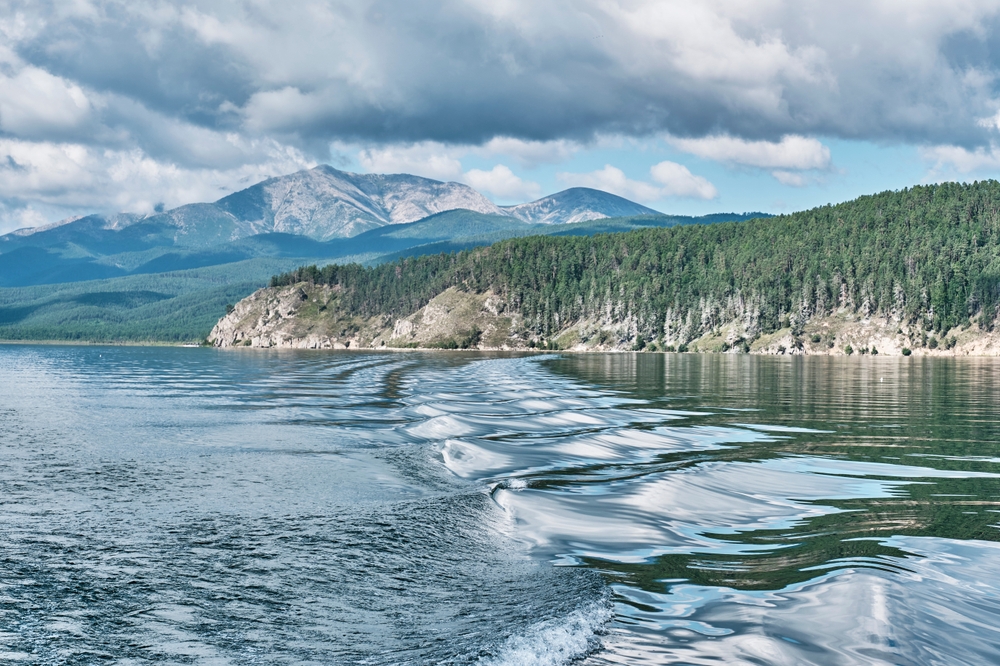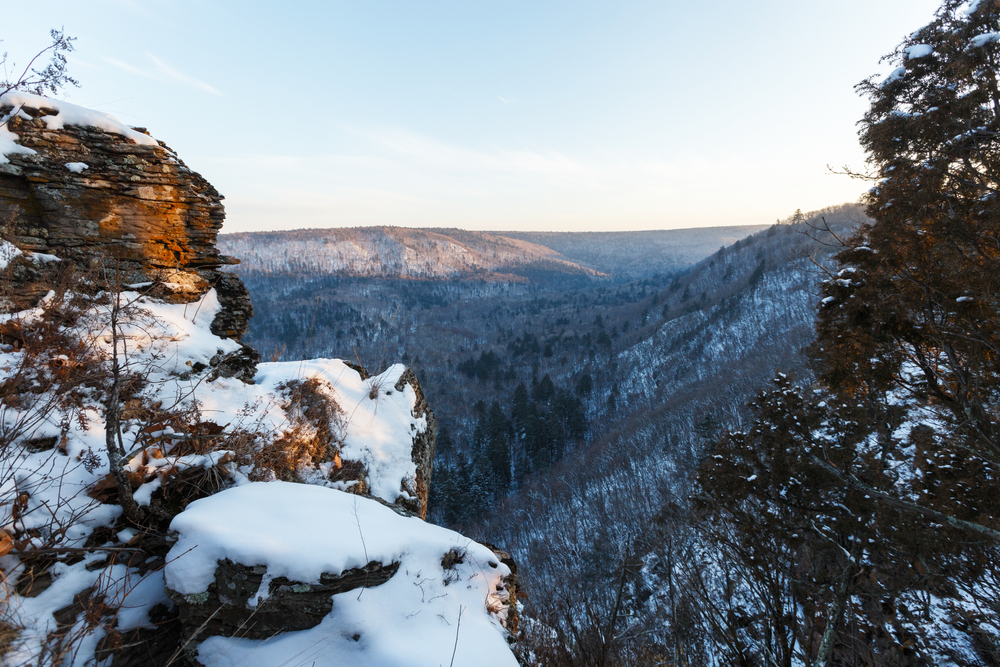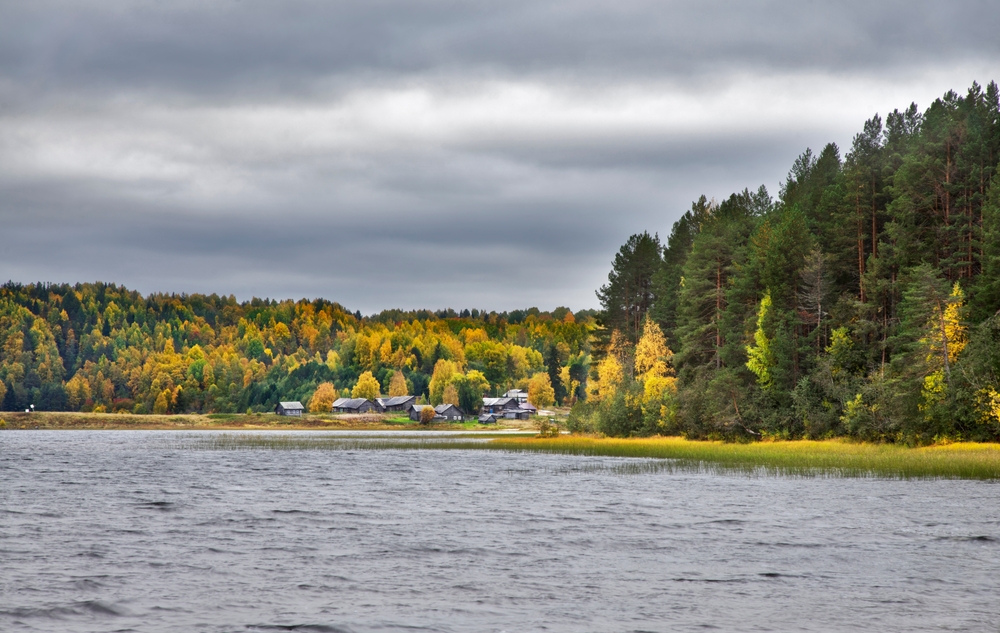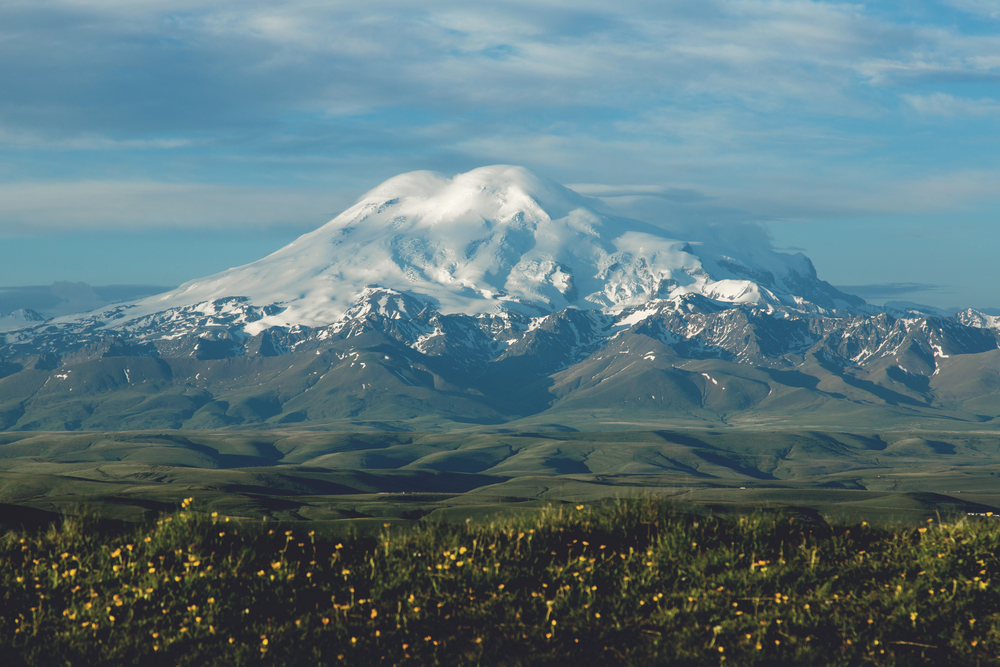Pleshcheyevo Lake Overview
Pleshcheyevo Lake National Park, located in the Yaroslavl Oblast of Russia, spans approximately 46 square miles (120 square kilometers). Situated near the historic town of Pereslavl-Zalessky, this park is centered around the vast and ancient Pleshcheyevo Lake, a glacial lake that has existed for thousands of years.
The lake itself stretches over 20 square miles (51 square kilometers) and is known for its clear waters, making it a key natural attraction. The surrounding landscape is composed of rolling hills, mixed forests, and meadows rich in diverse plant life. Pine and birch trees dominate the wooded areas, while wildflowers bloom in the meadows during the warmer months. The lake’s shoreline varies between sandy beaches, reed-covered marshes, and rocky outcrops, creating a visually diverse and ecologically rich environment.
Pleshcheyevo Lake is home to a variety of wildlife, offering visitors a chance to observe numerous species in their natural habitat. The lake is particularly famous for the endemic freshwater fish known as the Pleshcheyevskaya ryapushka, a relic species that has survived since the Ice Age.
Other aquatic life includes pike, perch, and roach, making the lake a popular spot for fishing enthusiasts. The park’s forests and meadows support mammals such as foxes, hares, and wild boars, while birdwatchers can spot a range of species, including herons, ducks, and swans. The wetlands provide an essential stopover for migratory birds, making this area a crucial part of the region’s ecological network.
One of the park’s most notable features is the “Blue Stone,” a large, ancient boulder on the lake’s shore, which has been a site of spiritual significance for centuries. Visitors come to touch the stone, which is said to have mystical properties.
The park is also known for its historical connections to Russian history, as it was a favored retreat of Peter the Great, who experimented with shipbuilding on the lake. The town of Pereslavl-Zalessky, adjacent to the park, boasts several well-preserved monasteries and museums, adding cultural depth to the natural experience.
Visitors can enjoy a range of activities at Pleshcheyevo Lake National Park. The lake is a popular destination for water sports, including windsurfing, kayaking, and sailing. In winter, the frozen lake attracts ice fishing, skating, and even snowkiting enthusiasts.
Hiking and cycling trails weave through the park’s forests, offering scenic views and opportunities for wildlife observation. Camping is also permitted in designated areas, allowing for an immersive experience in the park’s tranquil environment. Educational programs and guided tours provide insights into the region’s history, geology, and biodiversity, making it an engaging destination for nature lovers and history enthusiasts alike.
Conservation efforts within the park have been focused on protecting its delicate aquatic ecosystem and preserving the ancient ryapushka fish population. Strict regulations have been placed on fishing to prevent overexploitation, and efforts are ongoing to maintain water quality by reducing pollution from nearby human activities.
Habitat restoration projects aim to safeguard wetland areas that support a rich diversity of birds and other wildlife. Despite these efforts, challenges such as climate change and increasing tourism pressure require continuous management and sustainable practices to ensure the park’s long-term preservation.








































































